
Artificial Lighting Solution for Plant Research
- Home
- Artificial Lighting Solution for Plant Research
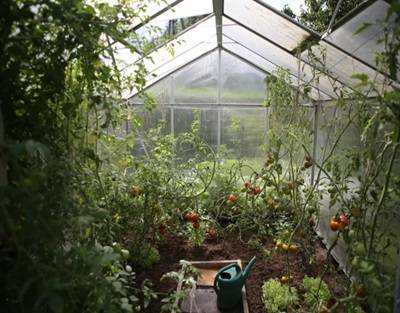
Artificial Lighting Solution for Plant Research
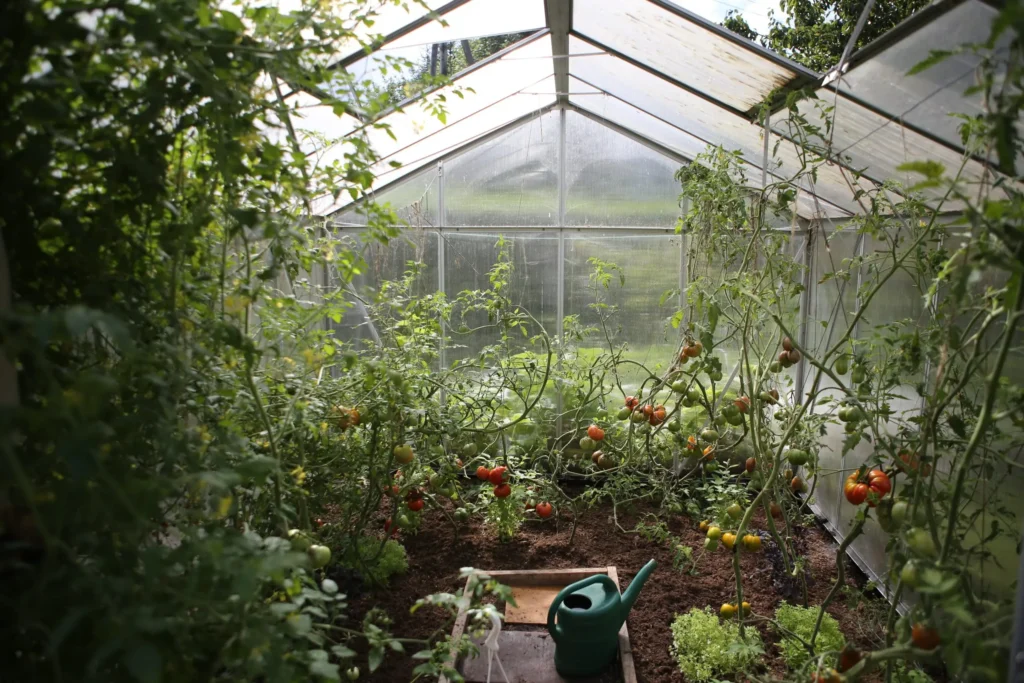
Introduction : As plant researchers, we are constantly in pursuit of ways to unravel the mysteries of plant growth and optimize crop production. In our journey, one tool has emerged as a beacon of hope and innovation – artificial lighting. Within the controlled confines of our research environments, be it growth chambers, greenhouses, or indoor farms, the art of crafting artificial lighting solutions has become integral to our work. This article takes you on a voyage to explore the intricacies of designing bespoke lighting solutions, tailored to our unique needs and challenges as plant researchers.
Important factors of plants that affects design of artificial lighting solutions
Understanding Plant Growth stages :
Our work begins with understanding the intricate dance of light and plants at various stages of growth:
Germination and Seedling Stages: In these early phases, our delicate seedlings thrive under gentle illumination, requiring a modest intensity of around 100 PPFD (Photosynthetic Photon Flux Density), with a preference for the soothing blue spectrum.
Vegetative Stage: As our plants transition to the vegetative phase, they concentrate on developing robust stems, roots, and leaves. Here, they flourish under 150-200 PPFD, basking in a harmonious blend of blue and red spectrum light.
Pre-Flowering Stage: As researchers, we keenly observe the transition to the pre-flowering stage, where our plants demand higher intensity, around 200-250 PPFD. It’s at this juncture that custom-tailored spectrums and precisely timed exposure come into play, often acting as catalysts for flowering.
Flowering and Fruiting Stage: The climax of our research demands the zenith of light intensity, hovering around 250-300 PPFD. The ratio of red to far-red light becomes the orchestrator, initiating the grand finale – the flowering and fruiting process.
Understanding Plant Types: A Scientist’s Palette : Our research encompasses a vast spectrum of plant types, each presenting unique challenges and opportunities:
Crop Plants: We delve into the intricacies of staple crops like tomatoes, lettuce, and soybeans, frequently cultivated indoors with artificial lighting to optimize yields and quality.
Herbs and Spices: Within our laboratories, we nurture culinary and medicinal herbs, meticulously adjusting lighting conditions to enhance flavor and medicinal potency.
Leafy Greens, Microgreens, and Sprouts: Our controlled environments serve as nurseries for these rapid growers, where artificial lighting plays a pivotal role.
Fruits and Berries: From strawberries to citrus fruits, artificial lighting enables us to extend growing seasons and elevate crop quality.
Ornamental Plants:
Tissue Culture Plants:
Native and rare species: In our efforts to preserve rare and endangered plant species, artificial lighting takes centre stage.
Different research goals : Our research goals guide the design of tailored artificial lighting solutions, each goal a unique thread in the tapestry of our work:
Optimizing Growth: We embark on journeys to identify the ideal light spectrum, intensity, and photoperiod for maximal plant growth. Our endeavours involve exploring the impact of various wavelengths, light intensities, and photoperiod variations.
Urban Agriculture and Vertical Farming: In an increasingly urbanized world, our research focuses on maximizing plant growth in confined spaces, including vertical farms and container farms.
Crop-Specific Studies: Certain crops require distinct lighting conditions to encourage early or late flowering, hardening, or propagation.
Supplemental Lighting: We unravel the secrets of a plant’s ideal habitat and strive to replicate those conditions, even in unconventional locations.
Nutrient Enhancement: Within our laboratories, we explore how light conditions influence crop nutritional content and flavor, delving into the realms of gourmet agriculture.
Genetic Manipulation: The tools of genetic engineering and molecular biology help us modify plant responses to light, leading to crops with enhanced traits.
Economic and Commercial Viability: Cost-benefit analyses form the bedrock of our research, helping us assess the profitability of our artificial lighting solutions
Following are the important tools used in artificial lighting solution for plant research : Crafting effective artificial lighting solutions requires more than just the right spectrum and intensity. It involves using cutting-edge tools and techniques:
Data: In the age of data, information is the new currency. Gathering essential data, including plant native location, solar irradiance, photoperiod, and temperature/humidity patterns over the last decade, lays the foundation for designing lighting parameters.
Grow Chambers: These specialized chambers, like Nexsel’s Source V 16 grow chamber, enable controlled experiments. Each grow space maintains consistent environmental conditions while varying only lighting parameters.
For more information: https://nexsel.tech/alpha-smart-grow-cabinet.php
Spectrometer: A fundamental tool for measuring various lighting parameters, including spectrum, intensity, color ratios (R:FR & B:G), CRI (Color Rendering Index), CCT (Correlated Color Temperature), and light purity.
For more information refer : https://nexsel.tech/spectral-measurement-devices-spectrometer-2.php
Using all above information, we must find our following important artificial lighting parameters of plant lighting
- Light spectrum
- Light intensity
- Photoperiod
Nexsel’s Unique Approach: A Symphony of Science : At Nexsel, our approach to crafting artificial lighting solutions for plant research is a harmonious blend of science and innovation:
10 YD (10 Years Data): Our journey commences with the collection of a decade’s worth of data from diverse sources. Specialized tools dissect and average this wealth of data, establishing foundational parameters—temperature, humidity, DLI (Daily Light Integral), and photoperiod.
- 4-Step Spectra Development Process:
- Source V 16: Within our 4×4 grid of grow spaces, we nurture 48 identical plants under varying lighting conditions.
- AI Tool: Our proprietary AI software takes the reins, processing the data harvested from these experiments.
- Comparison: Results from the AI tool are juxtaposed with existing spectrums to identify the most effective lighting parameters.
- Testing: Armed with the optimal spectrum and lighting parameters, we subject them to rigorous laboratory testing before bestowing recommendations upon our clientele.
Conclusion : The fusion of artificial lighting and plant research is a nuanced art form, demanding precision and finesse. By unravelling the unique needs of different plant types, growth stages, and research objectives, and by harnessing advanced tools and innovative techniques like Nexsel’s, we illuminate the path toward healthier, more abundant crops and a greener, more sustainable future. The synergy of artificial lighting and plant research is not merely a scientific endeavour; it is an artistry that promises to redefine the landscape of agriculture and horticulture, shaping a brighter tomorrow.
- Blog Categories
- Basic of Artificial Lighting for Plants
- Basic of grow Light
- Case Studies
- General Awareness
- Indoor Vertical Farming
- Medical Plant Research
- Online Tool
- Pitch Grow Light
- Plant Lighting Measurement
- Speed Breeding
- Supplemental Lighting
- Tissue Culture Grow Lights
- Indoor gardening
- LED Grow Lights
- Pharma Segment
- General
Shop Products
2Ft 9W Grow Light for Leafy Vegetables
₹350.00 – ₹650.00Price range: ₹350.00 through ₹650.00
4Ft 18W Grow Light for Saffron
₹495.00 – ₹920.00Price range: ₹495.00 through ₹920.00
Popular Products
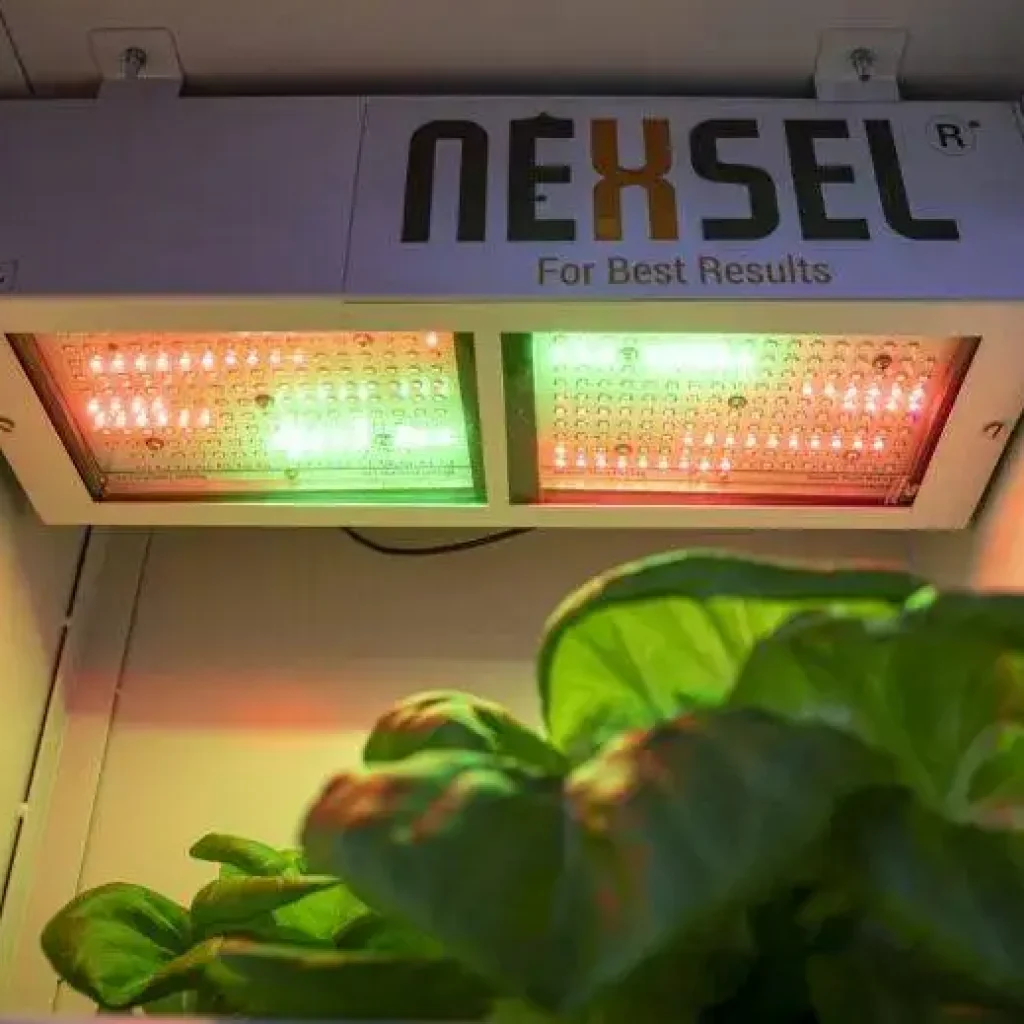
Enquire Now
Quick Link
Other Links
Design & Developed By VBTEK


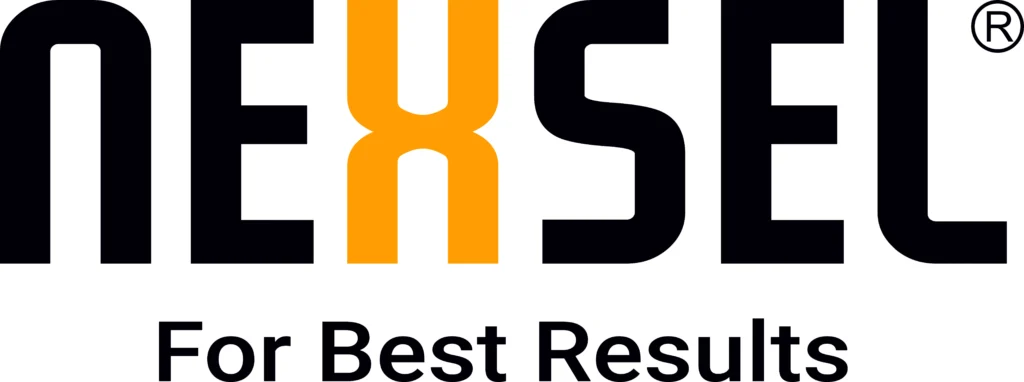
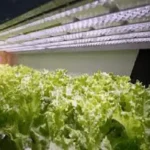
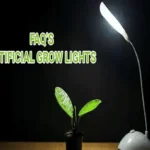
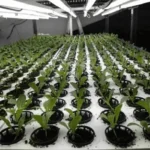
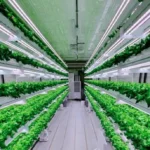
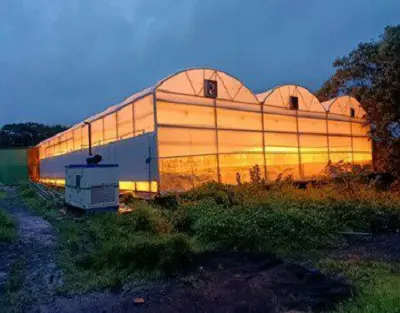
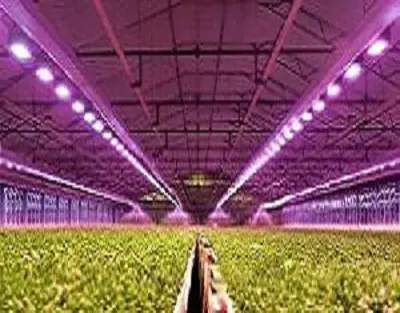
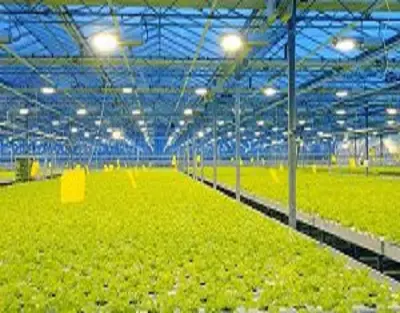

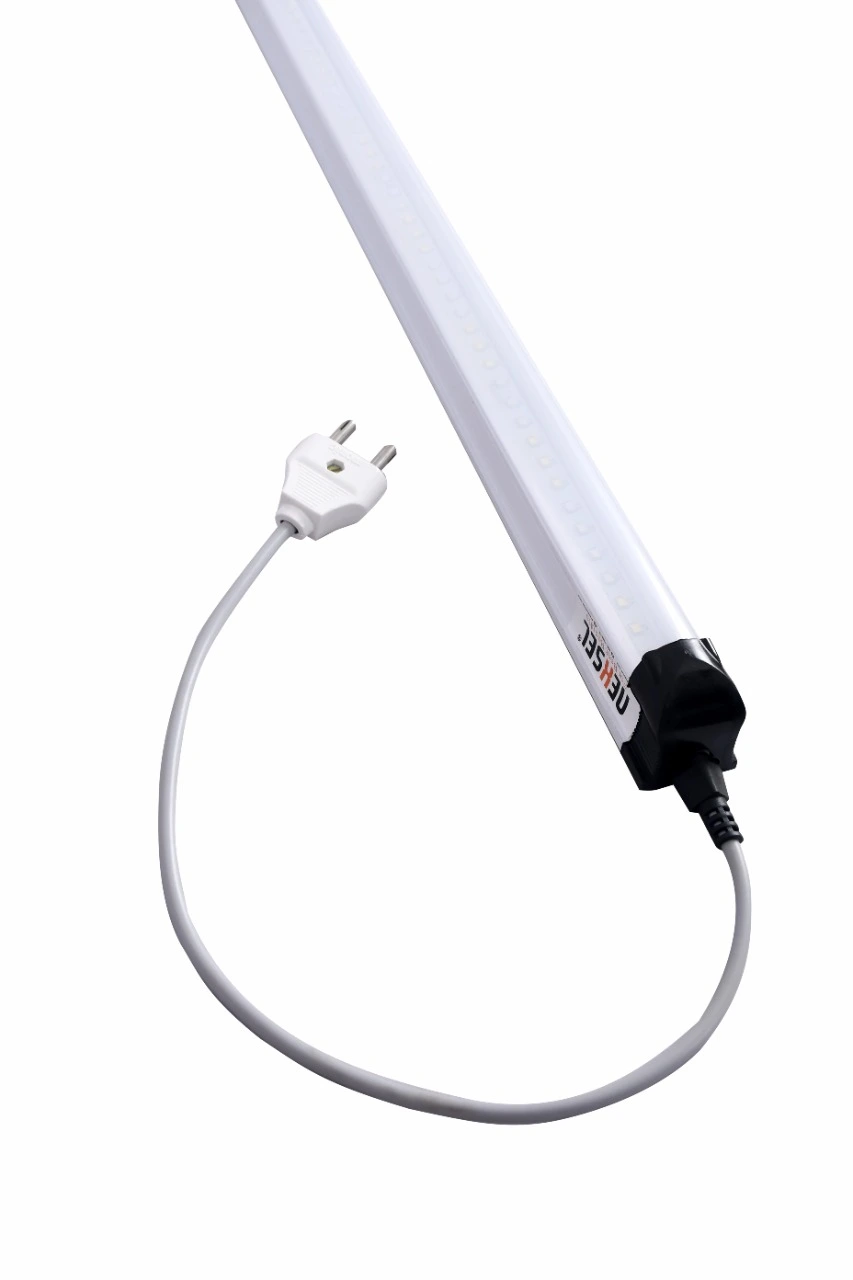
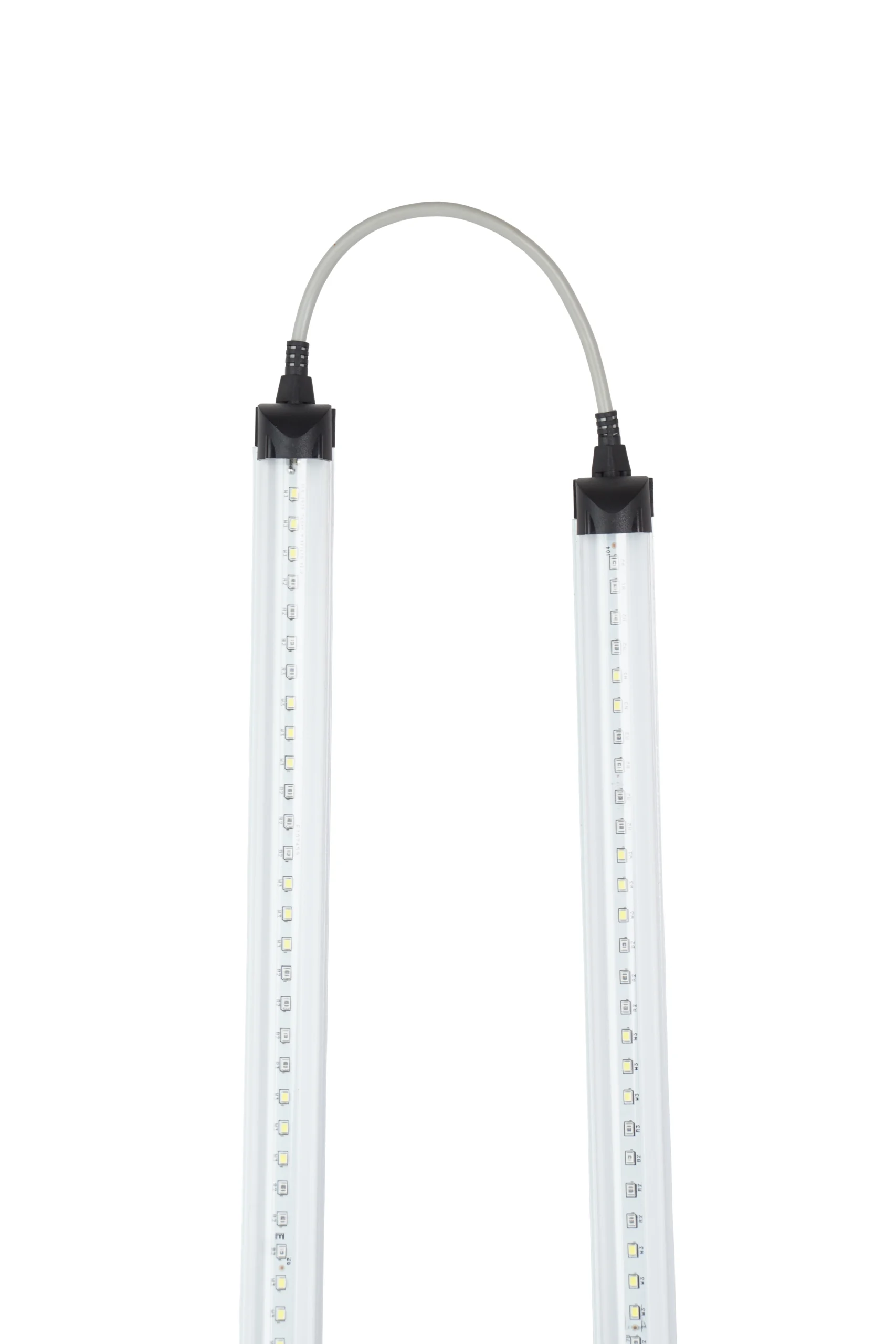
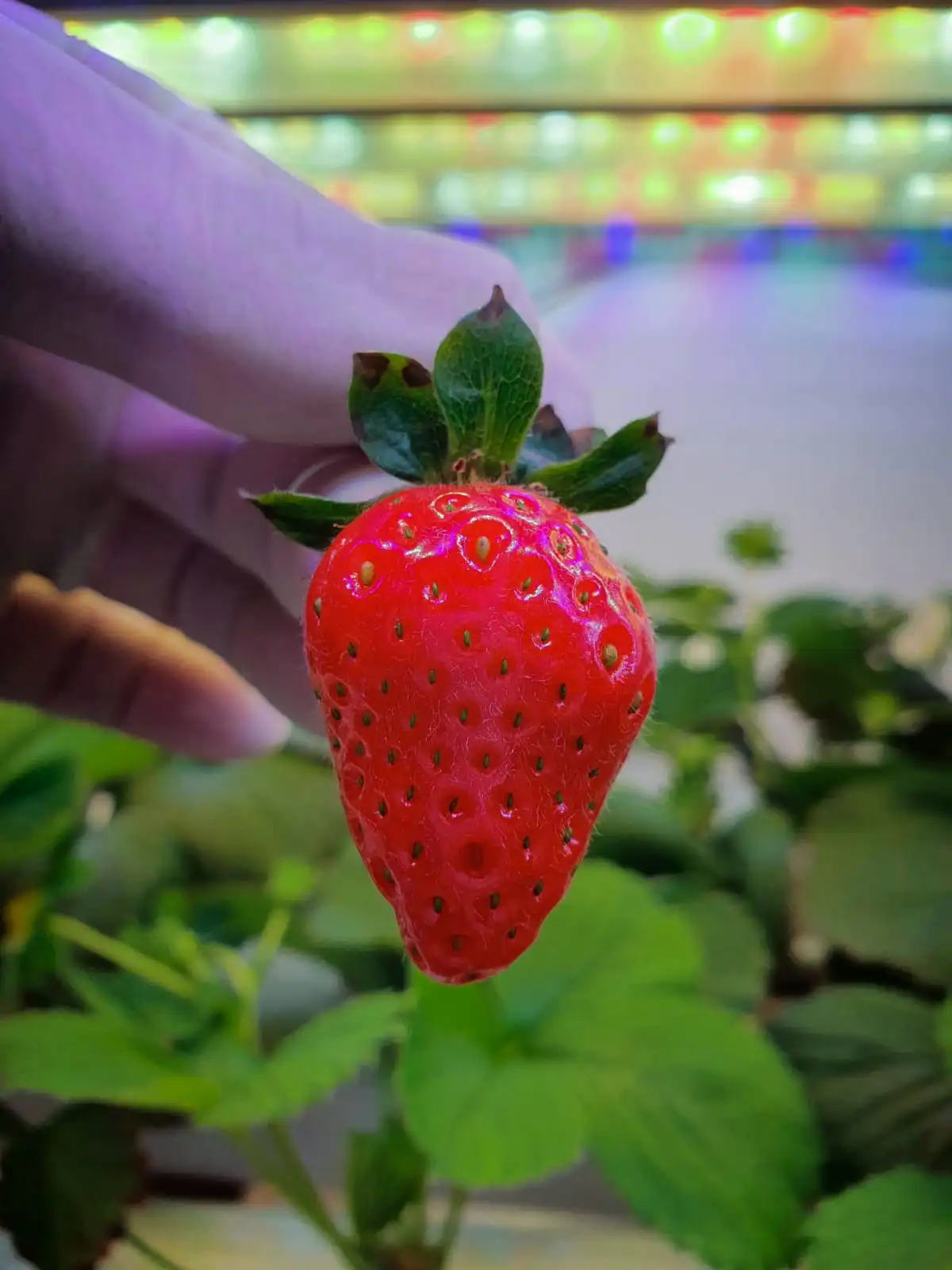
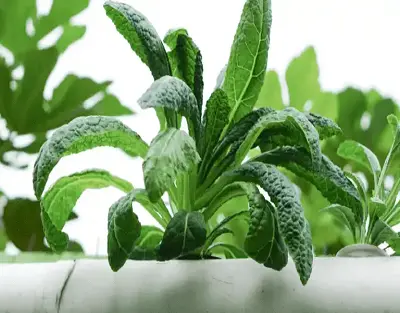
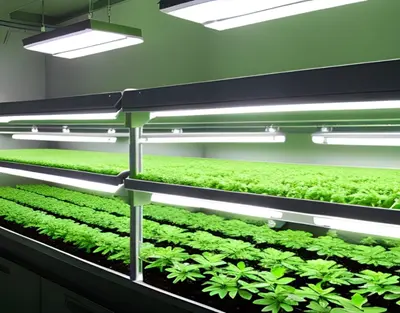
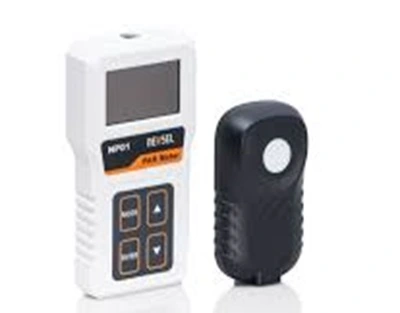
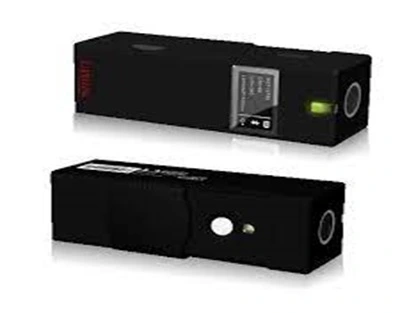
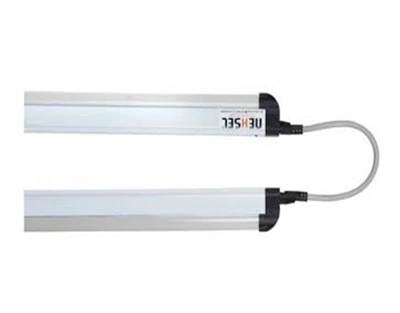
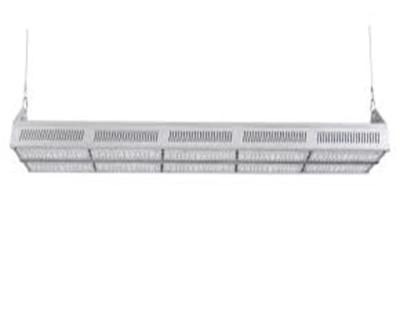
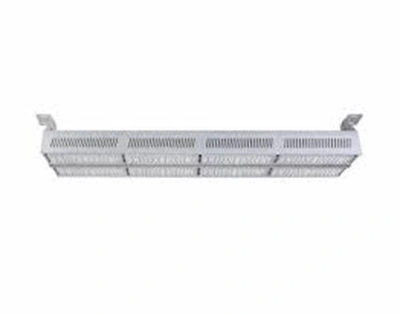
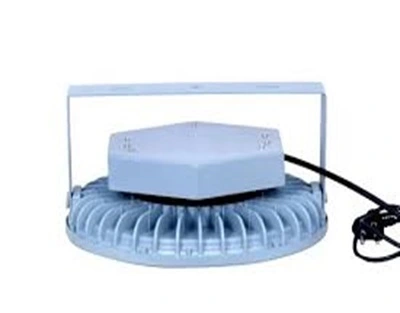
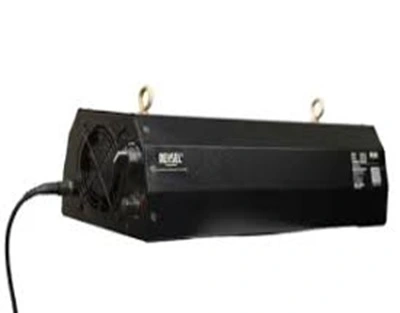
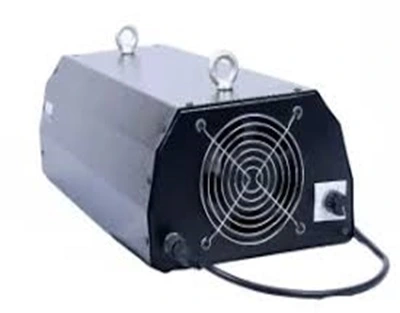
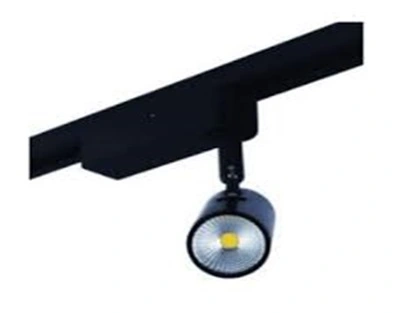
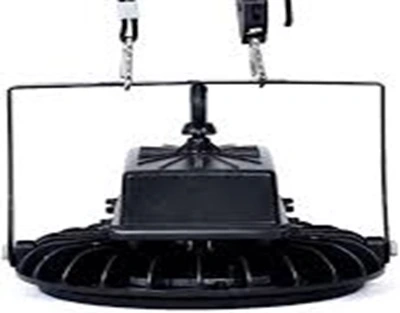
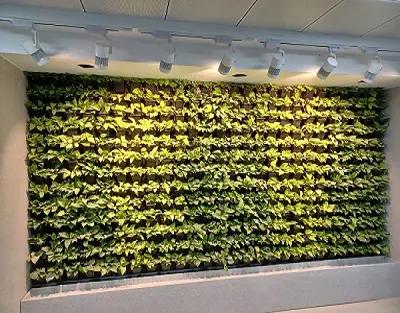
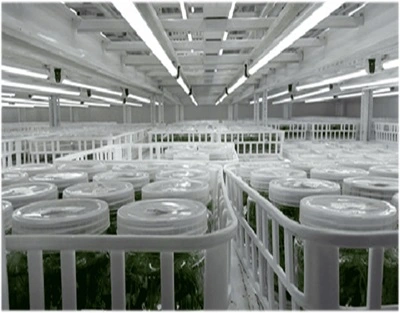
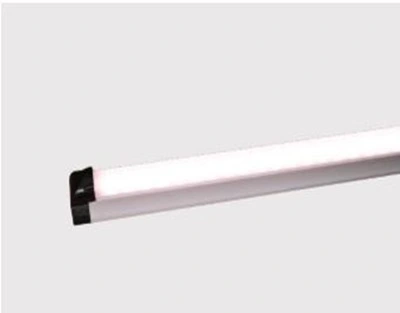
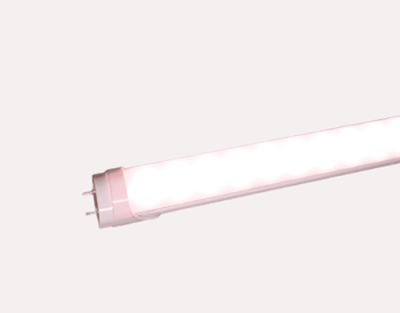
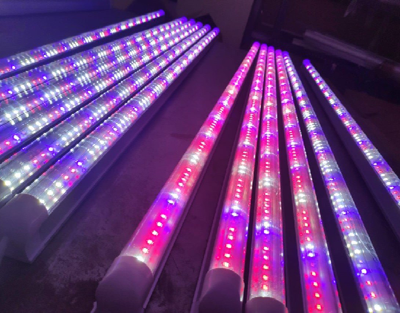
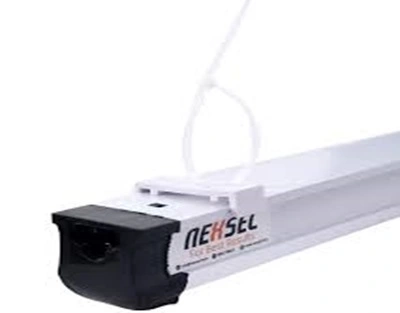
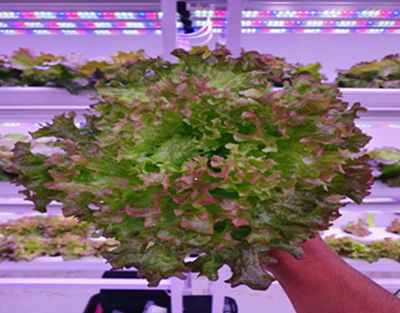
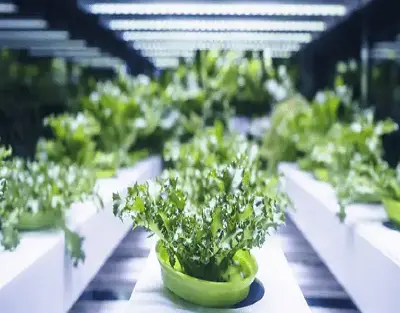
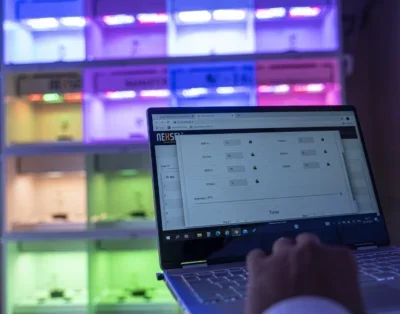

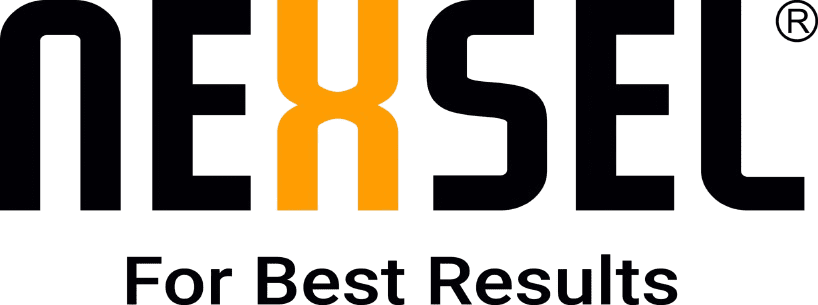
Leave A Comment